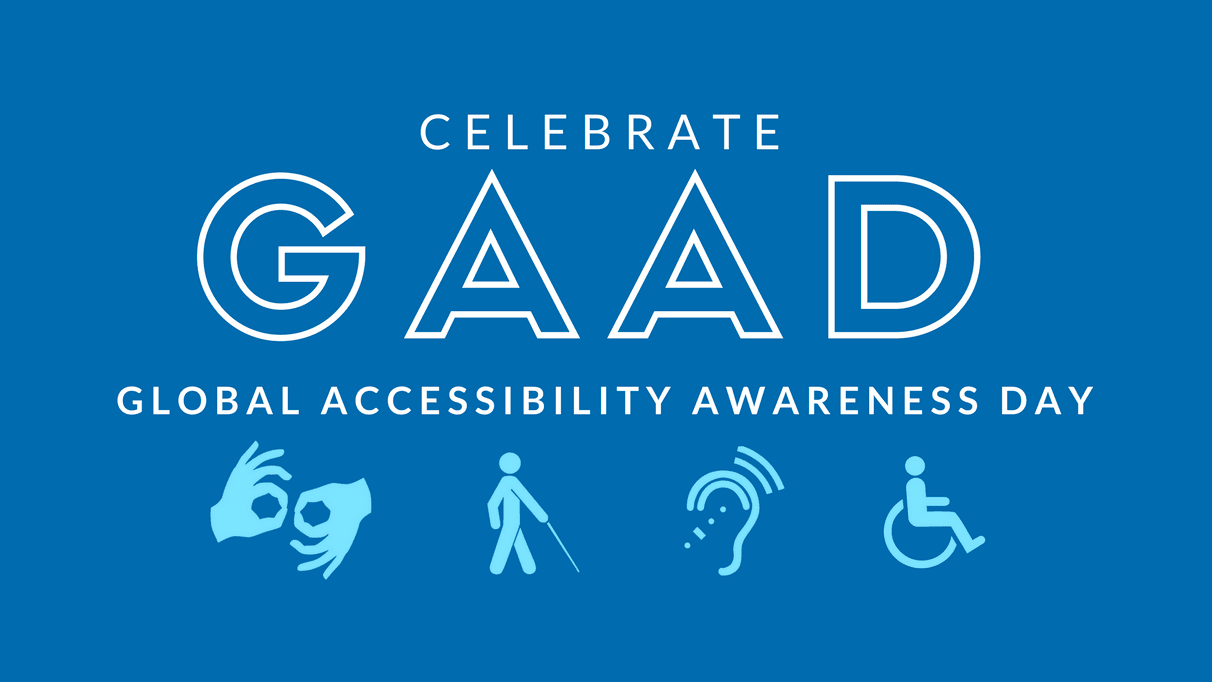
We mark Global Accessibility Awareness Day with the hope that, when it comes to making games more inclusive and accessible, the best is yet to come.
Across all types of media – and in all aspects of our life, I suspect – I don’t suppose many of us think about the accessibility of anything until it directly affects either ourselves or someone we love. Roomier, accessible toilet stalls aren’t a priority until you’re the one who needs one. Audio descriptions for your favourite show aren’t a necessity until you lose your hearing or develop tinnitus. And yes, intentionally or otherwise, a game can become punishingly difficult if you don’t have the dexterity to manage the complexities of QTEs.
As PlayStation has recently reminded us: accessibility is an important topic year-round. But this week, you may see more accessibility stories than usual as the industry marks – and celebrates – Global Accessibility Awareness Day.
Sony has taken the opportunity to confirm that its long-awaited accessible controller – hitherto codenamed Project Leonardo – will be called the Access controller, and detailed some of the features, albeit stopping short of confirming a release date. Microsoft – which has had its own Adaptive controller for some time now, of course – has expanded its accessibility support pages, and installed new accessibility settings for the Xbox App on PC. It’s also introduced a new store category that enables players to search directly for games by language, difficulty settings, and subtitle availability.
In some ways, accessibility features have been with us for years, and for others, we’ve been embarrassingly slow at adapting our systems and equipment to make gaming more inclusive. Remappable keys – something unheard of back in my day (yes, my day was a very long time ago) – are now a fairly standard feature that enables millions of us to tweak default controls to configurations that better suit our needs or preferences. More of us play with subtitles on than off – well, even the ridiculous 2pt font-sized ones are better than nothing. This was proved by Ubisoft’s Far Cry: New Dawn, which had the subtitles on by default, and only three percent of players chose to turn them off. Even something as simple as allowing players to experiment with different loadouts and skill trees to find the playstyle that best suits their skill set is part of making games more inclusive.
But accessibility is so much more than just subtitles and skill trees. There are millions of disabled people the world over – 14.1 million of which are right here in the UK – but because of physical, sensory, neurological, or learning disabilities, the majority of our favourite virtual worlds remain inaccessible. Sixty-six percent of disabled gamers told UK charity Scope that one of the biggest barriers they faced was the affordability of assistive or adapted technology (something you can see for yourself just by popping along to the Microsoft Store – standard controllers are £60, whilst the accessible alternative is £75).
Then there are the games themselves. Let there be no mistake: the advances the industry has made in recent years are commendable. But the fact that we can count the notably accessible games – The Last of Us Parts I and II; God of War Ragnarök; Forza Horizon 5, Ratchet and Clank: Rift Apart; Marvel’s Spider-Man: Miles Morales – on two hands suggests now is not the time to pump the brakes and reach for the champagne. Yes, these studios should be lauded for their efforts and dedication, forging the blueprint others can look up to, but… it’s 2023. Disability legislation aimed at eradicating discrimination and boosting inclusion across all goods and services has been in place for longer than some of you have been alive. We’re advancing, yes, but at an agonisingly slow rate.
Until we’re serious about ramping up accessibility, we’ll continue to fail disabled gamers because two out of five games they buy – and we all know gaming ain’t cheap – turn out to be unplayable for them. Another 40 percent of gamers admit to having experienced negative attitudes from other gamers about a disability, impairment, or condition, some of whom may have closed down that game and never returned to it. It’s a shocking indictment of an industry that’s continuing to fail this key, passionate demographic.
Yes, there are some truly incredible online resources that help disabled gamers identify which games may and may not accommodate their needs, but it’s both incredible and incredibly frustrating that resources like Can I Play That? are still needed at all. Accessibility isn’t “woke”, gimmicky, or nice to have – and you’d be surprised at what small, zero-cost changes can take a game from being inaccessible to inclusive. Sensitivity toggles. Offering button holds in place of button mashing. Even committing to a good-sized, readable font – they seem like small things, sure, but they can make a big, big difference to some.
Because let’s face it: the entry requirements to our favourite pastime are tricky enough. Money, time, reaction speeds, patience – be short on any of ’em, and you may find gaming a hard hobby to keep up with. Here’s hoping that Global Accessibility Awareness Day – and all the days that come after it, of course – continue to improve access for disabled gamers.
Here are some useful resources for gamers and game makers:
- https://caniplaythat.com/
- https://gameaccessibilityguidelines.com/
- https://www.specialeffect.org.uk/
- https://ablegamers.org/
Vikki Blake has a column every week here at whynow Gaming. You can read her previous dispatch here.





